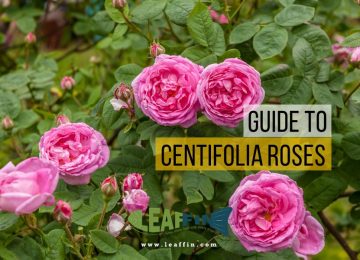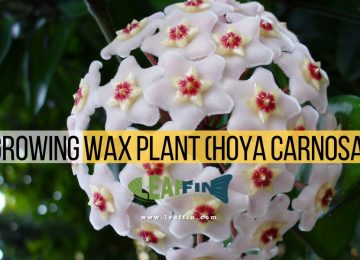As a houseplant, most palms will appreciate bright shade to part sun. Some palms like Raphis excelsa can even take very dim interior lighting.
The safest thing to do when you bring home a palm is to leave it in a slightly shaded spot. Remember that sudden exposure to sun and deep shade will upset the palm severely. It will either respond with yellowish (maybe burnt) fronds in the full sun situation, or it may sit and sulk under the low light situation.
When you notice that the palm has started to respond positively in that neutral spot, you can start to make slight adjustments by allowing more light/shade. The time for the palm to indicate it is ready to start liking your place could vary, from a weeks to even months.
SOIL
Palms do well in any fresh well drained loam. They need a good substrate to anchor their roots and to prevent them from toppling over under windy conditions. Avoid the black topsoil sold in most local nurseries; they are detrimental to potted plants. I have seen a local nursery growing Dypsis lutescen andCyrtostachys renda palms in pure cocopeat and sand. This potting medium will do fine in the short term but what it lacks in nutrients, it makes up in terms of being soil-free, light-weight and hopefully disease-free. Remember that palms are long-lived plants and the potting medium you choose has to stay in the container for a long time too.
If you have just bought a newly potted plant, then there is almost nothing you need to worry about for the time-being. The main thing to note about repotting a palm is NEVER bury the growing point of the plant. As with the general rules, have the palm sit at the soil level it was previously on. Plant too deep, there is a chance of rot settling in. Plant too shallow, the plant wobbles and the roots never get a chance to anchor firmly into the soil.
Depending on the potting medium, you would need to ensure that there are no air pockets after filling in the medium. Do not over-compact the soil, just a light shake of the pot will get the soil to settle into the airpockets. If the soil is moist, there is usually no need to water until the day after. But if you must water, then make sure that you really water thoroughly through and the water flows freely through the pot drainage holes before that could be considered proper. Watering helps to close up air-spaces in the potting medium.
Adding a few drops of plant hormones with Vitamin B1 could help the repotted palm to get over the transplanting shock. Read the instructions on the bottle for use. Again, too much does not necessarily mean a good thing.
CARE FOR HOUSE PALMS
Plants in the dry interior of the house will attract unwanted vermins like spider-mites. As a care routine, take the plant out every week or so and use water to hose down the leaves. Alternatively, you can use a clean wet cloth and go through the leaves although this is painfully slow for palms like Raphis. I personally avoid using those leaf-shine/gloss products.
FERTILISING
Feeding plants is almost always the first questions people ask of a nurseryman. How much, what type, how often. Yes, container palms need to be fed, but they do not require the frequency like humans need on a 24 hours clock. Palms are slow growing and the best fertiliser (and safest) one can give them would be the coated Osmocotes pellets. Choose the ones with a higher Nitrogen content. Spread the pellets on the surface of the soil away from the palm. Osmocote when used under normal indoor conditions can last for months.
Most of the time, potted palms will be able to get enough nutrients in the soil. This is provided that the soil/potting mix pH is correct (not too acidic or alkaline) and the roots can actually absorb the available dissolved nutrients. Note that most tropical rainforest palms grow well in a neutral to slightly acidic potting mix/soil.
Most of the palms available and grown in Singapore come from the tropical rainforests in the region. As such, they would be able to grow without problem in the year round constant heat and humidity. Thinking of putting the palms in your air-conditioned room? Not a problem as long as you don’t subject these tropical palms to temperatures lower than 15 degrees Celsius as a general guide.
WATERING
Container palms do not need a lot of water. In fact, excessive watering can lead to other problems like root rot (see Pests and Diseases). On the other hand, folks that have forgotten to water will likely see their plants go flop and never recover. So do a test before you direct the watering can; if the soil surface/potting mix feels dry or the pot feels light, then it is time to water. So the idea is, water when the plant needs it, and not when you feel most convenient to do it.
PESTS & DISEASES
Critters that one might encounter include the beetles (the larvae also help themselves to the roots of the palms) and some leaf-roller caterpillars. Picking and disposing them would be the best option; or an insecticide like Servin (caterpillars) or Diazinon (water into the soil) could be considered.
Palms can suffer from various fungi diseases if the growing conditions are not right. For example, soggy potting mix plus excessive watering could lead to crown rot. This is usually seen as a mushy central growth and is a not an easy condition to treat. Other minor fungi attacks include leaf spots; caused by watering at night when humidity is high and no air movement.
WHAT’S NEXT?
Understanding general cultivation tips is just the beginning. Palms are fascinating plants with more than just a houseplant role. To fully appreciate them, one would need to read up on individual species and develop a cultivation program aptly suited to genera.


